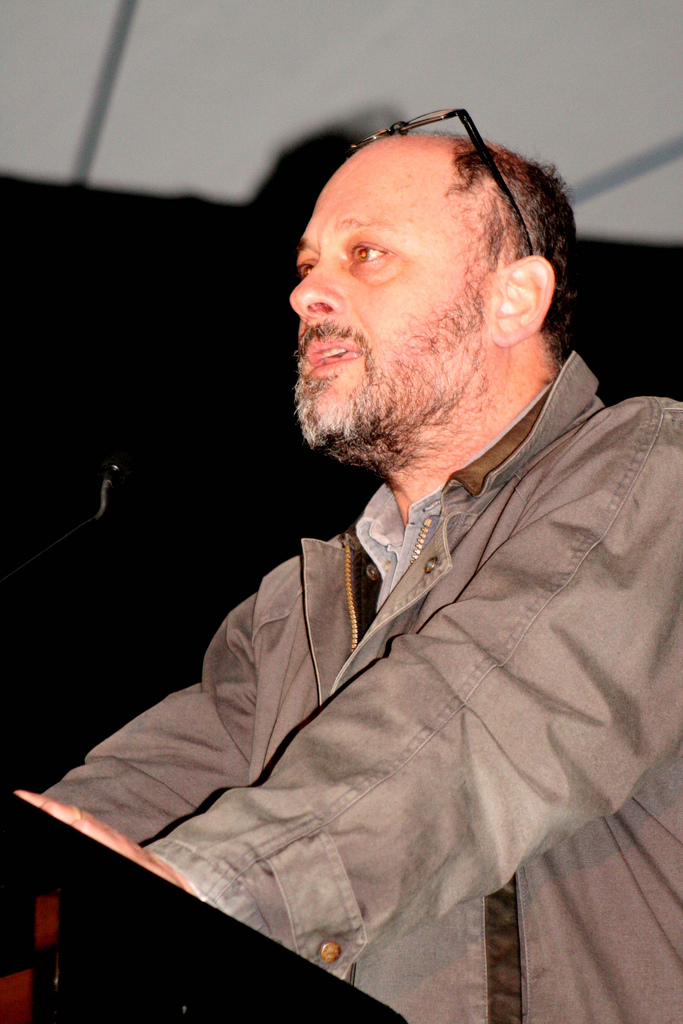The Climate Commission’s recent report pointing to Queensland as a potential solar energy powerhouse has caused a bit of a traditional brouhaha in the opinion pages of the press and online journals.
Nothing like a bit of biffo as we say here at SQ headquarters (particularly in the wake of a grand final weekend) so we thought we’d examine the argument, squeeze out more on a favourite theme (government inaction on renewables) and have a bit of a rant ourselves.
What did the CC report say on the Sunshine State?
In truth the Climate Commission delivered a mixed bag of predictions for Queensland. The study warned that rising temperatures due to climate change may have many negative consequences on vital industries such as agriculture and tourism.
An example of the outlook the report describes is that productivity in agriculture will be affected by changes in climate temperatures through: “higher temperatures; changes in the amount, intensity, seasonality and variability of rainfall; and changes in the frequency and/or intensity of extreme events such as droughts, bushfires and floods.”
The expected sea-level rise is also expected to have a large impact on beaches and coastal real estate and tourism.
However it was Climate Change Commissioner Tim Flannery’s comments about controversial anti-renewables premier Campbell “No Can Do” Newman, as he brought down the report: Critical Decade: Queensland Climate Impacts and Opportunities that attracted attention.
“While he was mayor of Brisbane he was definitely leading a sustainability charge there that continues through to this day,” he told reporters (no doubt) through gritted teeth at the launch.
“We’ll just have to see what the future brings in that regard.”
Blind Freddy?
The backlash against Prof. Flannery’s sunny optimism (or blind Freddyness) was not slow in coming as many news outlets pointed out that Newman is on record as being a climate change denier, hardly a good start for a solar powerhouse state. The Conversation weighed in with an article which pointed out the deficiencies of the Newman government with regard to support for solar energy.
Based around interviews with Chris McGrath, Senior Lecturer at the University of Queensland, and Mark Diesendorf, Deputy Director, Institute of Environmental Studies at the University of New South Wales, the article criticised the report for “failing to join the dots” on the future of Queensland as a renewable energy powerhouse under the Newman government.
The unspoken factor in all this is the size of the Newman government’s majority in the Queensland parliament (Lib/Nat 78, Labor 7, Others 4) and the lack of a Senate in the Sunshine State. The first factor virtually ensures that a conservative government will rule Queensland for many years and the second meaning that there is no balance of power to perhaps reject the anti-solar excesses.
The ramifications for the rest of the country
This article has concentrated on Queensland, its potential as a renewable energy hub and the likelihood that this potential will not be reached. Not in the next few cycles of government anyway. However the same can be said for every other state in the land. Each has enormous solar (and other renewable energy) potential, enough to propel the country to the forefront of renewable energy countries. Dare I say the Germany of the South Pacific?
However, as we have pointed out many times here at SQ HQ, the industry is hamstrung by timid politicians, both state and federal, too fearful to upset monied and influential fossil fuel companies. Opinion polls have shown Australians support for solar energy and recent surveys have pointed to a large uptake of the number of people adding solar panels to their roofs despite the collapse in feed-in tariff rates across the country courtesy of the conservative governments’ solar “scorched earth” policies.
As we are reminded of a federal version of the “No Can Do” Newman anti-renewable policy, which looms closer every day, perhaps its time to accept the fact that governments, both federal and state, are increasingly becoming anti-renewables with the ACT the exception that proves the rule.
Having made this leap in logic, it may be then time to consider your domestic solar system, with or without fickle government support. For the best advice in how to proceed, as well as what to expect (and what to avoid) when you go solar, look no further than our own Finn Peacock.
Rather an extended rant this week solar fans, as always your comments are more than welcome either here or over at our Facebook Page.


 RSS - Posts
RSS - Posts



Recent figures put wind power contribution on a monthly basis is about a quarter of generation, but peaking at 85% on some days. That begs the question how much do solar panels contribute?
Any idea?
That is for South Australia, sorry